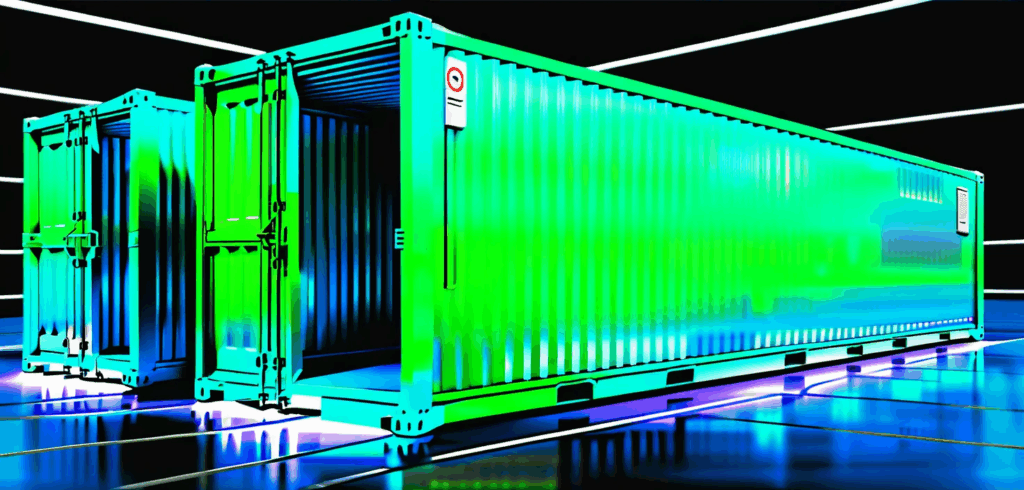
Podman has emerged as a prominent technology among DevOps professionals, system architects, and infrastructure teams, significantly influencing the way containers are managed and deployed. Podman, standing for “Pod Manager,” introduces a modern, secure, and efficient alternative to traditional container management approaches like Docker. It effectively addresses common challenges related to overhead, security, and scalability, making it a compelling choice for contemporary enterprises.
With the rapid adoption of cloud-native technologies and the widespread embrace of Kubernetes, Podman offers enhanced compatibility and seamless integration within these advanced ecosystems. Its intuitive, user-centric design simplifies workflows, enhances stability, and strengthens overall security, allowing organizations to confidently deploy and manage containers across various environments.
Core differences between Podman and Docker
Daemonless vs Daemon architecture
Docker relies on a centralized daemon, a persistent background service managing containers. The disadvantage here is clear: if this daemon encounters a failure, all containers could simultaneously go down, posing significant operational risks. Podman’s daemonless architecture addresses this problem effectively. Each container is treated as an independent, isolated process, significantly reducing potential points of failure and greatly improving the stability and resilience of containerized applications.
Additionally, Podman simplifies troubleshooting and debugging, as any issues are isolated within individual processes, not impacting an entire network of containers.
Rootless container execution
One notable advantage of Podman is its ability to execute containers without root privileges. Historically, Docker’s default required elevated permissions, increasing the potential risk of security breaches. Podman’s rootless capability enhances security, making it highly suitable for multi-user environments and regulated industries such as finance, healthcare, or government, where compliance with stringent security standards is critical.
This feature significantly simplifies audits, easing administrative efforts and substantially minimizing the potential for security breaches.
Performance and resource efficiency
Podman is designed to optimize resource efficiency. Unlike Docker’s continuously running daemon, Podman utilizes resources only during active container use. This targeted approach makes Podman particularly advantageous for edge computing scenarios, smaller servers, or continuous integration and delivery (CI/CD) pipelines, directly translating into cost savings and improved system performance.
Moreover, Podman supports organizations’ sustainability objectives by reducing unnecessary energy usage, contributing to environmentally conscious IT practices.
Flexible networking with CNI
Podman employs the Container Network Interface (CNI), a standard extensively used in Kubernetes deployments. While CNI might initially require more configuration effort than Docker’s built-in networking, its flexibility significantly eases the transition to Kubernetes-driven environments. This adaptability makes Podman highly valuable for organizations planning to migrate or expand their container orchestration strategies.
Compatibility and seamless transition from Docker
A key advantage of Podman is its robust compatibility with Docker images and command-line tools. Transitioning from Docker to Podman is typically straightforward, requiring minimal adjustments. This compatibility allows DevOps teams to retain familiar workflows and command structures, ensuring minimal disruption during migration.
Moreover, Podman fully supports Dockerfiles, providing a smooth transition path. Here’s a straightforward example demonstrating Dockerfile compatibility with Podman:
FROM alpine:latest
RUN apk update && apk add --no-cache curl
CMD ["curl", "--version"]Building and running this container in Podman mirrors the Docker experience:
podman build -t myimage .
podman run myimageThis seamless compatibility underscores Podman’s commitment to a user-centric approach, prioritizing ease of transition and ongoing operational productivity.
Enhanced security capabilities
Podman offers additional built-in security enhancements beyond rootless execution. By integrating standard Linux security mechanisms such as SELinux, AppArmor, and seccomp profiles, Podman ensures robust container isolation, safeguarding against common vulnerabilities and exploits. This advanced security model simplifies compliance with rigorous security standards and significantly reduces the complexity of maintaining secure container environments.
These security capabilities also streamline security audits, enabling teams to identify and mitigate potential vulnerabilities proactively and efficiently.
Looking ahead with Podman
As container technology evolves rapidly, staying updated with innovative solutions like Podman is essential for DevOps and system architecture professionals. Podman addresses critical challenges associated with Docker, offering improved security, enhanced performance, and seamless Kubernetes compatibility.
Embracing Podman positions your organization strategically, equipping teams with superior tools for managing container workloads securely and efficiently. In the dynamic landscape of modern DevOps, adopting forward-thinking technologies such as Podman is key to sustained operational success and long-term growth.
Podman is more than an alternative—it’s the next logical step in the evolution of container technology, bringing greater reliability, security, and efficiency to your organization’s operations.


